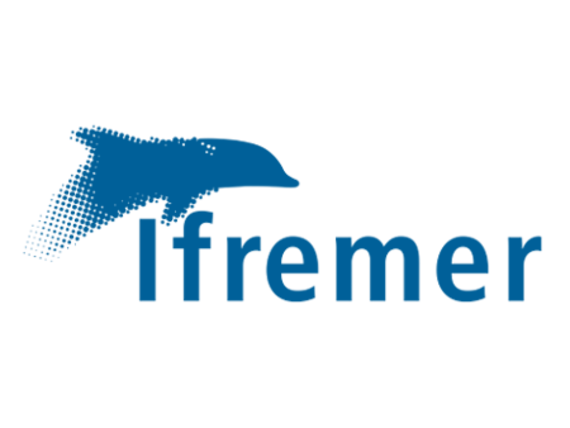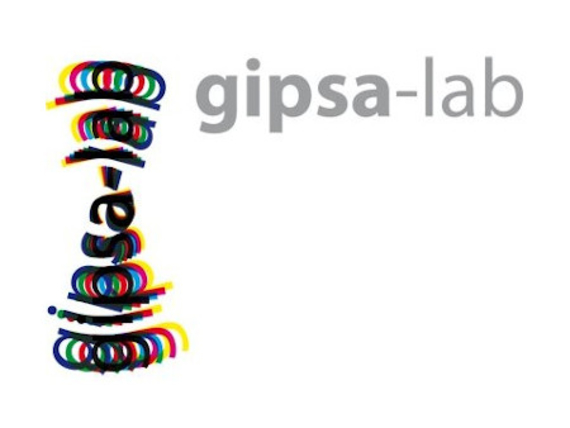BIOHERM - Hyperspectral biodiversity and ecological status of Sabellaria Reefs
Can we identify honeycomb worms reefs, their abundance and condition using a hyperspectral camera?
Reef formations are not limited to corals alone, but include a wider variety of species capable of building what should be called biogenic structures. This is the case of honeycomb, marine worms of the Sabellariidae (Sabellaria alveolata).
The BIOHERM project aims to evaluate the potential of Hyperspectral Imaging (a continuous measurement of the amount of light reflected by objects throughout the light spectrum) to:
o Discriminate Sabellaria bioconstructions from the substrate (rock, sediment) on which they develop based on their specific spectral properties ;
o provide a functional index of bioconstructions (abundance, dynamics of nearby primary production) using hyperspectral signals unmixing;
o use the hyperspectral signal as a potential component in assessing the ecological status of these bioconstructions at a large scale.
Ultimately, this multi-scale study will also assess how results obtained from hyperspectral imaging at different scales (in situ, by drone and airborne), could be transposed to the specifications of satellite hyperspectral sensor.
Federating skills in physical measurements, signal processing and benthic ecology (Ifremer, Onera, IMT Atlantique and GipsaLab), BIOHERM offers a multidisciplinary and multi-scale integrated approach to answer both scientific and management questions.











